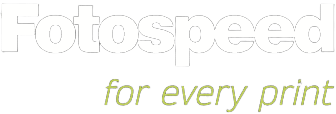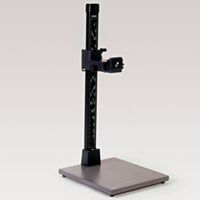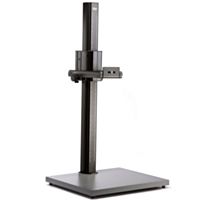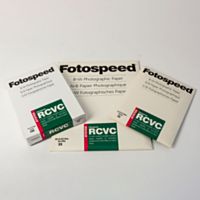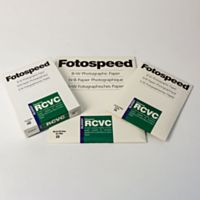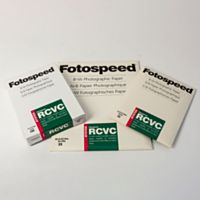Are you a Mirror or Window Photographer? By Tim Jones


For this month's theme of reflection photography, I wanted to talk a little about windows and mirrors. Metaphorically, it’s said that as photographers we fall into two camps; those who view the camera as a window, and those who view it as a mirror.
The former group will show the outside world through their work, and it usually gives an objective and factual picture. Those who view their camera as a mirror will use the camera to reflect images back in a way that’s a little more abstract and open to interpretation.
| The ideas of the window and mirror were the centrepiece of John Szarkowski 1978 exhibition and catalogue Mirrors and Windows, American Photography since 1960. In this exhibition, Szarkowski wanted to mark his theory that American photography in the 1970s had moved away from being concerned with, what he called “public issue”, and had moved towards the personal and emotional. In these cases, the window being the public and the mirror being the personal. Szarkowshi used the work of Robert Frank and his The Americans series as the example of the window. Within The Americans, Frank photographed across America, giving the viewer a look at life in mid 50s America. The book is said to be one of the most influential photo books ever published and has inspired photographers like Diane Arbus and William Eggleston to name a couple. |
Cover of Mirrors and Windows by John Szarkowski |

Trolly – New Orleans, 1955. From The Americans
The Americans also showed the photographic community what a photo book could be and lay the blueprints for the genre. The book gives an account of the country with all its social tensions, failures, icons and “hollowness of the American dream, in the words of Diane Arbus.
In contrast to this Szarkowski used the work of photographer Minor White, whose work focuses on the photograph as a tool for meaning and expression. The intent of the work moved beyond the aesthetic and crossed into the conceptual meaning and emotion of a photograph. Reflecting the photographer's own feelings towards a scene or period of time. Minor White’s photographs very much represent the idea of the mirror, as the images are thoughtful and mindful in nature.

Lobos Sandstone, Slit, and Shadow 1949
This theory applies to most photographs and we will find ourselves falling into either the window photographer or mirror photographer. Szarkowski also points out that most people and photographs will not fall perfectly into one of these sides but fall somewhere in between. Where do you think you fall in this debate?
There are photographers who can fall into both camps. A photographer who has produced both documentary (window) work and deeply personal work (mirror) and is one of my favourite photographers is Nan Goldin. Goldin’s work is a reflection and document of her own life from the 1980s. The journey that is documented takes us, as the viewer, through key events in history but seen through the eyes of Goldin. I believe the window part of the work has grown over years and now we can see the documentary side of the work and the extra historical meaning related to the work. However at the time when the work was being shown as slideshows within nightclubs in the 1980s, all people saw was the mirror at the photographs projecting Nan Goldin’s love and feelings towards the subjects. Goldin even named one of her exhibitions “I’ll be your mirror”, a retrospective of Goldin’s work to date held in 1996.

Nan Goldin, Cookie at Tin Pan Alley, N.Y.C. 1983
I have to say I am firmly within the mirror camp with my own work. There is no right or wrong and we may go backwards and forwards between the two. Many photo-journalists will go and produce amazing photo essays on a subject like a warzone and then come home to photograph landscapes. Don Macullin is a photographer who has done this in recent years. His work within war zones like Vietnam defined him as one of the greatest documentary photographers. However his landscape, travel and still life images are equally beautiful.
 The battlefields of the Somme, France, 2000
The battlefields of the Somme, France, 2000
| The photography of the window has been taken to the extreme by photographers such as William Eggleston and Ed Ruscha. Eggleston is a photographer that takes pictures of the world as he sees it, without any context or explanation. The pictures are deadpan and snapshots, if you will. Unlike Goldin, who took pictures for herself first and foremost. Eggleston’s images on the other hand have been called “perfectly banal”, as said by Hilton Kramer in the New York Times, 1976. A straight document of an object or scene. He photographs without a hierarchy within his photographs. This is not a part or subject of the picture that is more important than the other. There is no narrative to the works, Eggleston presses the shutter and moves on. The photographs form a straight document of the subject, almost scientific in nature. He has quoted in an Art Review article in 2019 answering the question of, why he takes pictures of everyday life, by responding with; “do you think ‘everyday life’ is not enough? |  Untitled, c. 1983–86, pigment print Untitled, c. 1983–86, pigment print |
Ed Ruscha is another photographer who took the windows style of photography to the extreme. In his book “26 Gas Stations” the use of the window was exploited to just show the subject and nothing else. No explanation or meaning was included, just the picture and a title listing the location of the gas stations. Ruscha's work was the start of a wave of photographers photographing the everyday as extraordinary.

Ed Ruscha, ‘Union, Needles, California, 1962
Whenever we press the shutter on a camera we are putting a little of ourselves into the frame and the resulting photograph. It is up to us as the photographer that chooses what to include within the photograph. Szarkowski says that we are either a Mirror or a Window, we show ourselves or we show others. I believe that we are all a little of both and we all reflect and project at one time and another.
For more photography tips, tricks and insights, sign up to our newsletter.
